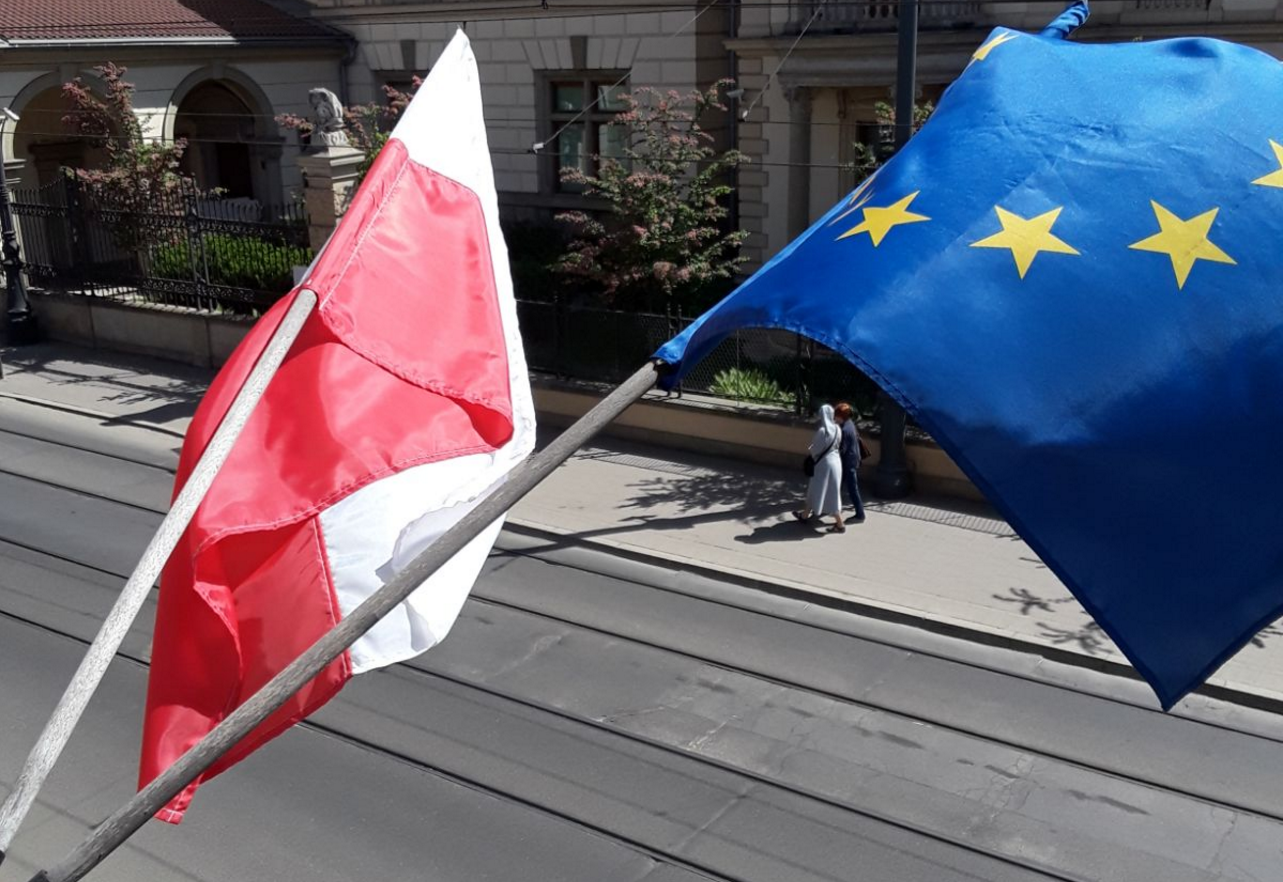On the 2nd of May "The Day of the Flag" is celebrated in Poland. On this day, Poles reflect upon the long history of the red and white national colours and proudly display flags everywhere.
The Polish Flag Day has been formally celebrated since 2004. On this day, several patriotic campaigns are organised to remind of the red and white national colours. In the latest years, the national brooch – a white and red rosette worn by the insurgents in the 19th century – has returned to grace. Today Poles pin it to their clothes during national celebrations.
The red and white colours were first acknowledged as national colours on 3 May 1792, on the first anniversary of the signing of the Constitution of 3 May. They were officially adopted as the colours of the Polish State by the Sejm of the Kingdom of Poland in 1831 during the November Uprising. After Poland regained independence, the appearance of the Polish flag was confirmed by the Legislative Sejm on 1 August 1919.
Polish national colours are one of the few in the world of heraldic origin. They draw from the colours of the coat of arms of the Kingdom of Poland and the coat of arms of the Grand Duchy of Lithuania. In the flag, the white symbolises the white of the Eagle, which features on the coat of arms of Poland, and the white of the Pursuer – a knight galloping on horseback, which features on the coat of arms of Lithuania. Both charges are on a red shield. On the flag, white is placed in the upper part and red in the lower because, in Polish heraldry, the tincture of the charge has priority over the tincture of the field.
On 2 May Poland also celebrates the Day of Polish Diaspora and Poles Living Abroad. It has its origin in 2002, when the Polish Parliament, established it in recognition of the achievements and contributions of Poles living abroad in regaining independence and helping the country in its most dire times. It is estimated that there are around 20 million people of Polish origin living outside the country.












